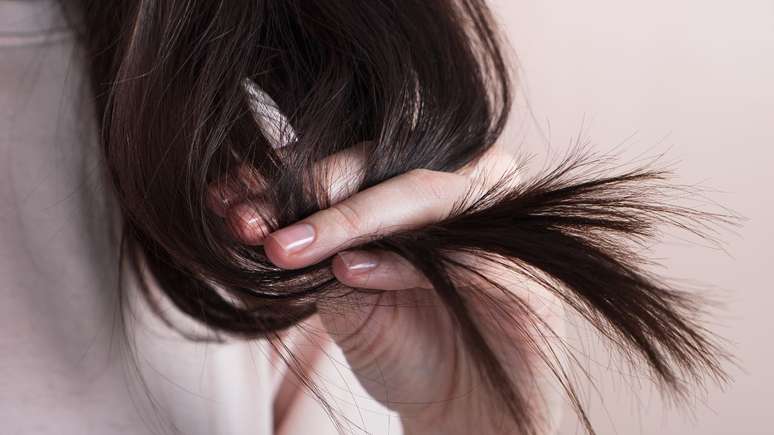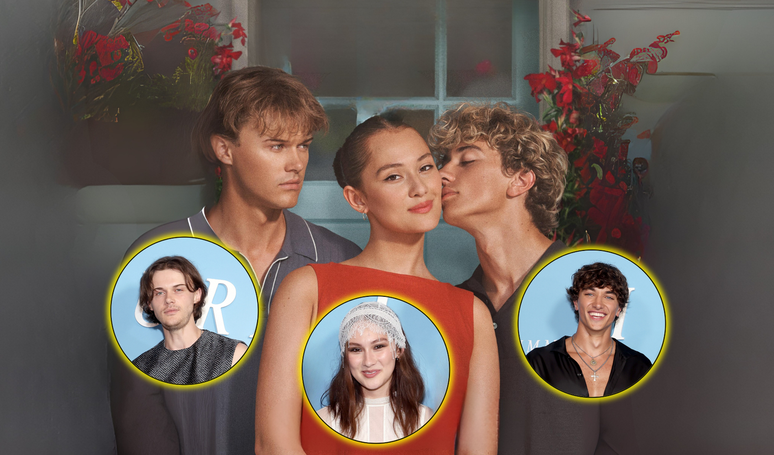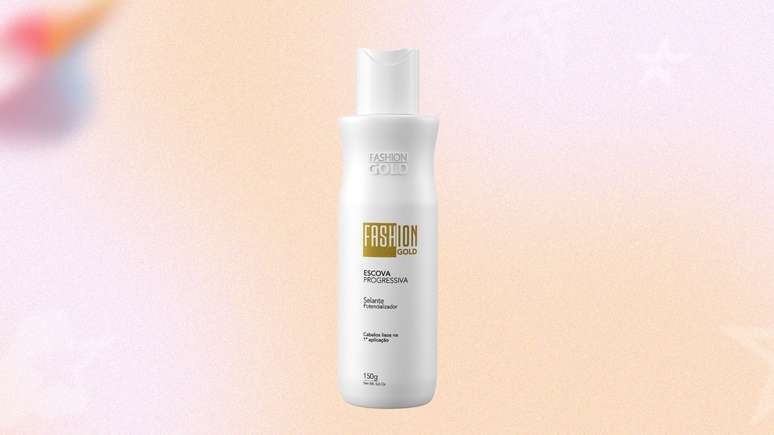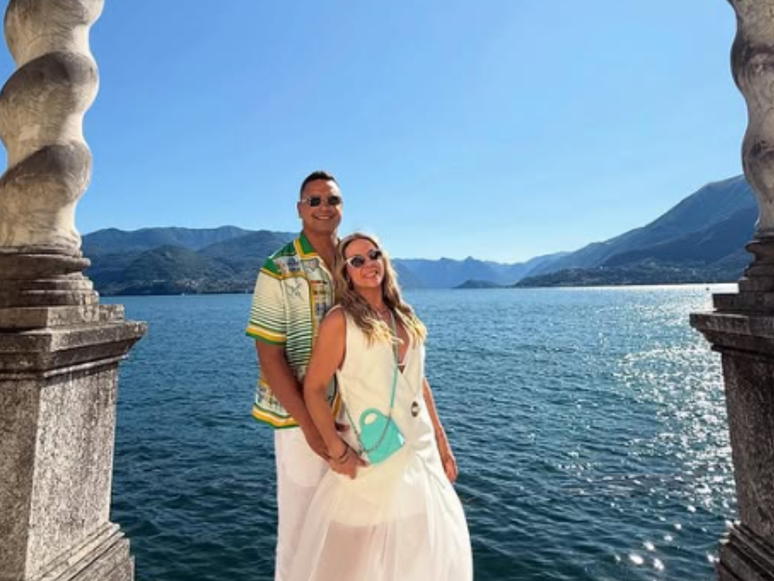Specialist Pati Macedo explains the origin of split ends and teaches how to solve this hair problem
Enemy of healthy hair, the split ends they leave the strands looking like straw which causes so much discomfort in women. Therefore, it is normal that many of them choose to cut their hair with the intention of getting rid of split ends, but is this the only way to deal with it?
html[data-range=”xlarge”] figure image img.img-efa839254bae7af10703951c09c27eccap4b7xb9 { width: 774px; height: 435px; }HTML[data-range=”large”] figure image img.img-efa839254bae7af10703951c09c27eccap4b7xb9 { width: 548px; height: 308px; }HTML[data-range=”small”] figure figure img.img-efa839254bae7af10703951c09c27eccap4b7xb9, html[data-range=”medium”] figure image img.img-efa839254bae7af10703951c09c27eccap4b7xb9 { width: 564px; height: 317px; }
To answer this question and clarify other doubts, the hair salon Pati Macedo, known on social media for sharing her work routine with her followers, explains what split ends are, their causes and how to solve this problem. Watch!
What are split ends?
Split ends, which can also be triple or quadruple, are the result wear of the hair fiber caused by chemical procedures and external aggressors, which dry out the hair and damage the hair cuticle.
“Plus, they’re big enemies of healthy strand development, as they prevent hair from growing and getting stronger, as well as causing it to look unsightly,” says Pati.
What are the causes?
In addition to external factors such as sun and wind, the the use of heat sources and chemical processes contribute to the onset of the problem. Bad food and little water consumption also interfere with hair health.
“As regards the incidence, in general, they appear in all hair types, but in curly and curly hair they are more common because, generally, they are drier strands, since their ‘spiral’ format prevents natural greasiness to reach the end more easily,” he explains.
What are the types?
According to the expert, there are six types of split ends. See what they are below:
- Young Twin Tip: occurs when another very small tip begins to detach from the main thread;
- Double Y tip: at one point the thread splits evenly, creating “two ways”;
- Double tapered tip: in this case the thread does not break, but becomes thinner and thinner towards the end of the main thread;
- Incomplete double tip: this is the thread that holds the end together, but which has split in half along its length;
- Double shaft tip: a branching of points emerge from others in the same thread, as if they were branches,
- Double feather tip: the same branching takes place, but only in the area of the tip of the thread, creating small stitches as if they were a feather.
How to fix?
To prevent and treat this problem, it is important to adopt healthy habits, use thermal protectors when exposing your hair to heat sources and invest in hair hydration and repair treatments.
Trimming can also help in this process, but it’s important to take care of your hair to prevent split ends from appearing. “Starting a capillary program can make all the difference in the strands, restoring water, nutrients and proteins, which will do a lot of good and is always welcome,” suggests Pati.
“Start doing it and don’t forget to bet on the use of products that minimize daily damage, such as solar heating. Finally, when possible, look for a professional to help you with this. It will certainly make a difference,” he concludes.
Source: Terra
Ben Stock is a lifestyle journalist and author at Gossipify. He writes about topics such as health, wellness, travel, food and home decor. He provides practical advice and inspiration to improve well-being, keeps readers up to date with latest lifestyle news and trends, known for his engaging writing style, in-depth analysis and unique perspectives.




-qdt8x3bmi3at.png)




